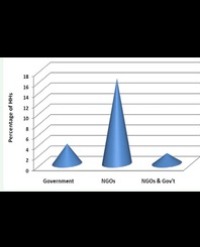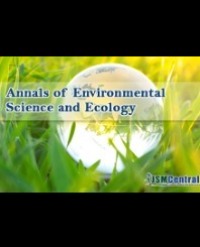
Natural Regeneration of Lowland Bamboo (Oxytenantheraabyssinica A. R. Munro) Forests after Mass Flowering and Mass Death in Homosha District, BenishangulGumuz Region, Northwest Ethiopia
The study was done to assess the regeneration status of lowland bamboo after gregarious flowering and death in BenishangulGumuz Region, Homosha District, Jimma and Sherkole Kebeles, North west of Ethiopia. A systematic sampling technique was used to survey lowland bamboo. Twenty and eleven sample plots were surveyed in Jima and Sherkole Kebeles respectively and each plots with 10 x 10 m size. Field observation, regeneration inventory, FGDs, and questionnaire survey on 80 households were used to collect data. Descriptive age class across different management. and inferential statistics were used for data analysis. The seedlings and culms had a significant difference (One-Way ANOVA p <0.05) in density, size (DBH) and height between the two sites. However, the size difference was statistically insignificant. Height and diameter classes distribution indicated highest number of individuals in the lower classes
Dereje Mosissa1*, Gebremedihin Woldegebriel2

